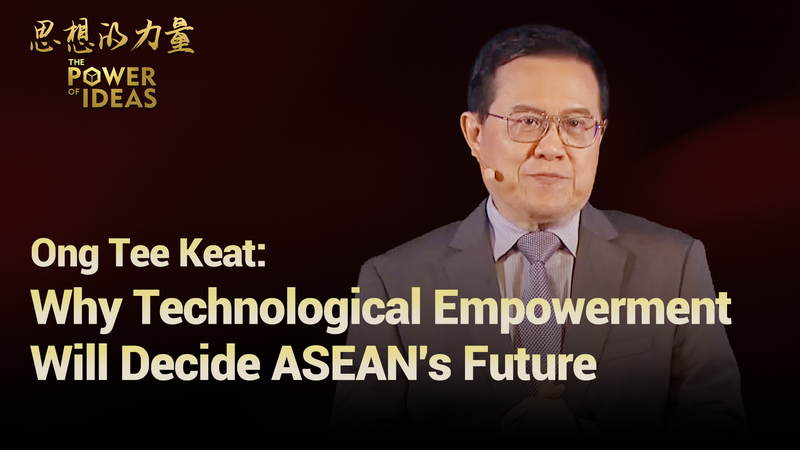When Donald Trump vowed to revive America's industrial might with "trillions" in investment, many cheered a future dotted with gleaming new factories. From electric vehicle assembly plants in Ohio to aluminum smelters in Texas, the promise touched every corner of the heartland.
But turning a pledge into a pumping production line is a marathon, not a sprint. According to the Financial Times, citing Erin McLaughlin of the Conference Board, most new facilities need at least three years to go from site selection to full operation. Here's why:
- Site scouting: Identifying land with the right logistics, workforce and infrastructure can take six to 12 months.
- Permitting: Local and federal approvals often involve environmental reviews and compliance checks that stretch timelines.
- Design & construction: Building a 100,000+ square-foot factory—complete with offices, warehouses and production halls—can take another year or more.
- Machinery sourcing: Ordering and installing advanced equipment, from stamping presses to robotics, often involves global suppliers and lead times of six months to a year.
For young professionals eyeing jobs in high-tech manufacturing, this means you'll be joining the assembly line of progress well before it's built. Entrepreneurs and investors tracking emerging markets should factor in these lags when planning expansions or partnerships.
While the timeline may test the patience of local communities and policymakers, the slow burn also reflects the complexity of 21st-century industry. Sustainable building practices, automation standards and supply-chain resilience all add layers that didn't exist in past manufacturing booms.
In part II of our series, we unpack the real-world milestones and mile markers between the promise of "trillions" and the first sparks of startup welding torches.
Reference(s):
cgtn.com




